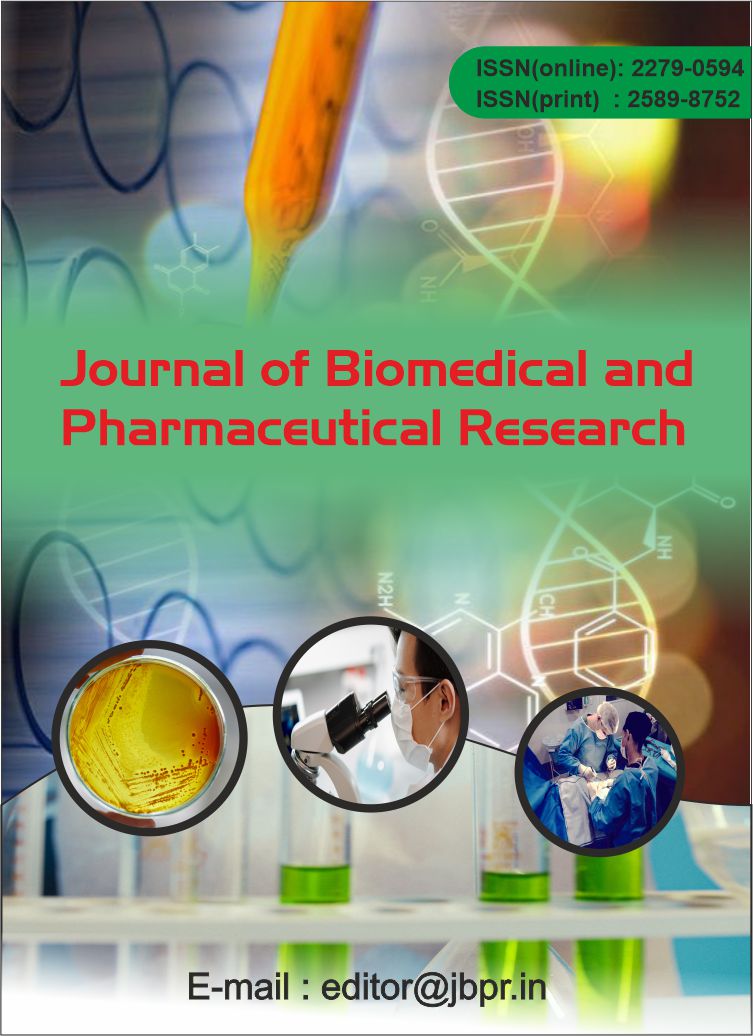Fluconazole susceptibility of Candida species isolated from cases of Vulvovaginal Candidiasis by using E-test method
Abstract
Candida vaginitis is one of the most frequently encountered forms of superficial candidiasis. The principal agent of vulvovaginal candidiasis is C.albicans, but other species known generally as C.nonalbicans (C.glabrata, C.tropicalis, C.krusei, C.parapsilosis, C.lusitaniae) are also isolated. The available therapeutic arsenal for treatment of vulvovaginal candidiasis offer few options and includes the imidazole and trizole agents, in topical and oral form. The E-test has been introduced as an easier testing procedure and an alternative for the NCCLS method. The present study determines the distribution of Candida species and in vitro susceptibilities of fluconazole against the Candida isolated from vulvovaginitis candidiasis using E-test. Methods: Two vaginal swabs from each patient were processed by microscopy and culture to know the prevalence of candidialvulvovaginitis and to study their antifungal susceptibility pattern of fluconazole by E-test. Results: Out of 300 suspected cases of vulvovaginitis, only Candida as a cause of vulvovaginitis was present in 133(44.33%) cases. The most common age group associated with vulvovaginal candidiasis was 20-29 years (43.61%) followed by 30-39 years (30.83%) and greater than 40 years (25.56%). The most common species isolated was C.albicans followed by C.glabrata. By E-test method 92.21% of C.albicans, 60.46% of C.glabrata and all (100%) C.tropicalis was susceptible, that is, showing MIC of fluconazole less than or equal to 8µg/ml and all 100% C.krusei was resistant (MIC 64µg/ml) to fluconazole. Conclusion: For effective treatment of the infection, to prescribe the correct medication and to overcome recurrence, it may be advisable to identify the Candida species routinely from vaginal swabs of infected women. Also, the high growing rate of resistance of non-albicansCandidato azoles confirms the importance of monitoring changes in the distribution of pathogenic Candida species. The major feature of E-test method is that it can allow a quick answer concerning Candida resistance to antifungal agents, preventing unnecessary patients’ drug abuse.
Keywords:E- test, Fluconazole, Vulvovaginitis.
![]() Journal of Biomedical and Pharmaceutical Research by Articles is licensed under a Creative Commons Attribution 4.0 International License.
Journal of Biomedical and Pharmaceutical Research by Articles is licensed under a Creative Commons Attribution 4.0 International License.





